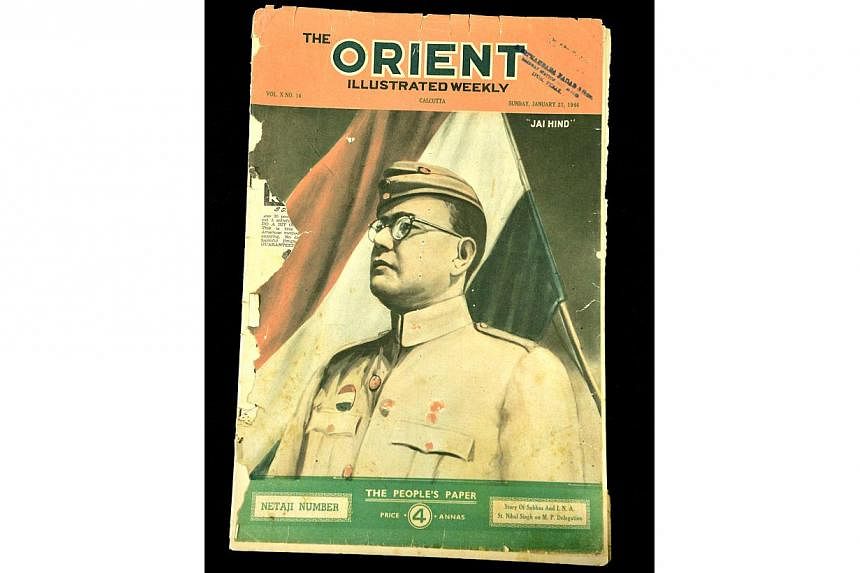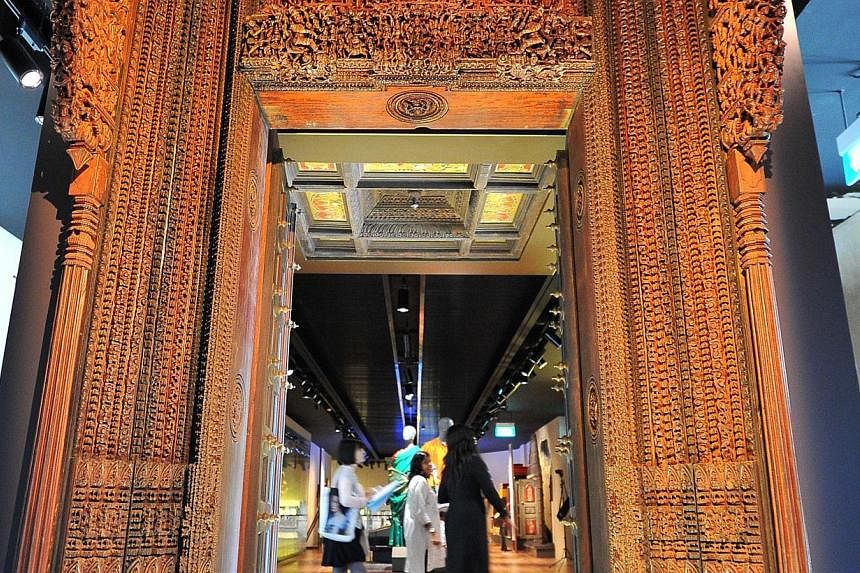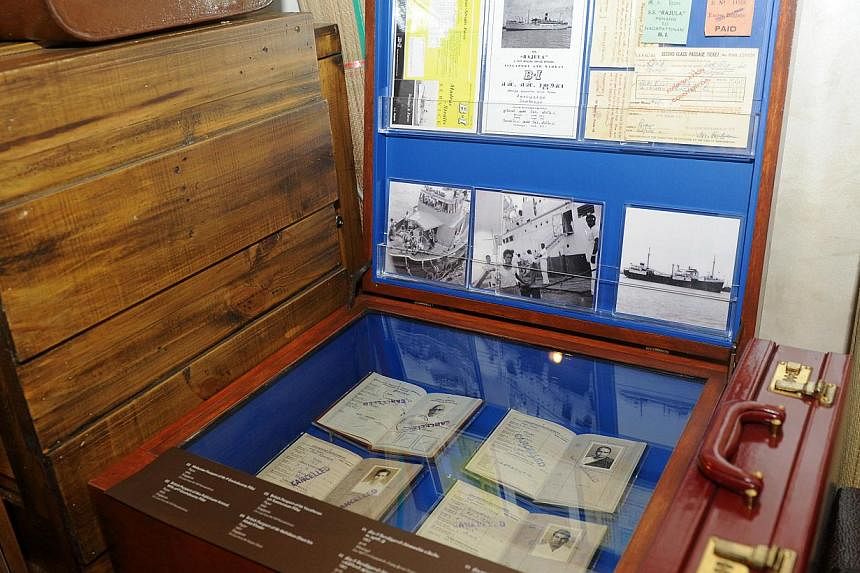SINGAPORE - The new $21-million Indian Heritage Centre at 5 Campbell Lane in Little India opens its doors on Friday after an official launch by Prime Minister Lee Hsien Loong on Thursday evening.
To mark its opening, a CultureFest has been launched and it will stretch to May 31. Activities such as street fairs, performances and outdoor film screenings will spill out onto the newly pedestrianised lane.
Here are some facts about the museum, which is the first in South-east Asia dedicated to the Indian community's diverse heritage.
1. Its genesis

First mooted in 2008, the 3,090 sq m, four-storey centre is a culmination of about seven years of work. It was endorsed by the late founding Prime Minister Mr Lee Kuan Yew and was first helmed by the late Dr Balaji Sadasivan, the senior minister of state. Mr S. Iswaran, Minister in the Prime Minister's Office, took over Dr Balaji's role as the chairman of the centre's steering committee after he died in 2010.
2. Its storyline
Divided into five themes, the museum starts with the early interactions between South Asia and South-east Asia. It goes on to feature the origins and movement of Indians from the 19th century to the 21st century.
The third section features the contributions of early Indian pioneers in Singapore and Malaya, while the fourth showcases the social and political awakening of Indians here. The busts of four Indian nationalist leaders including Mahatma Gandhi, on loan from the Government of India, are on display in this fourth section.
The final section showcases the contributions of Indians in Singapore from the late 1950s to the 1980s.
3. Its artefacts

It is home to more than 440 artefacts, some of which have been acquired, donated or are on loan.
There are jewellery, stone sculptures, costumes, wood carvings and vintage suitcases that were used by Indian immigrants. Other interesting artefacts include a 3.4m-tall wooden Chettinad doorway from the late 19th century with 5,000 minute carvings. It reflects the bespoke architectural style of South India's Chettiar community, which had acquired wealth from their moneylending businesses across South-east Asia.
Singapore's sixth president, Mr S R Nathan, also donated a series of war-time publications from the 1940s which provide rare proof of the involvement of the region's Indian community in the Indian National Army. Back then, the army was fighting for independence from Britain.
4. Its pioneers

The museum also pays tribute to Indian pioneers such as South Indian businessman Mr P. Govindasamy Pillai who came to Singapore in the early 1900s. He worked at a provision store on 50 Serangoon Road where he was only given food and lodging instead of wages. When the provision store owner died, he borrowed S$2,000 from the Chettiars or Indian moneylenders and started his own business. He eventually established a chain of PGP department stores.
There are others such as Parsi pioneer Navroji Mistri. Arriving on Singapore's shores in 1912, he made his fortune selling soda water. He donated $1 million in 1952, a princely sum for that time, to build a paediatric wing at the Singapore General Hospital.
5. Its technology
It is one of the first museums here to use augmented reality in its permanent galleries. Visitors can use their mobile phones or the centre's hand-held devices to listen to a virual guide who will share with them more information on the centre's artefacts.
The museum also features role-playing games and interactive touch screens.






